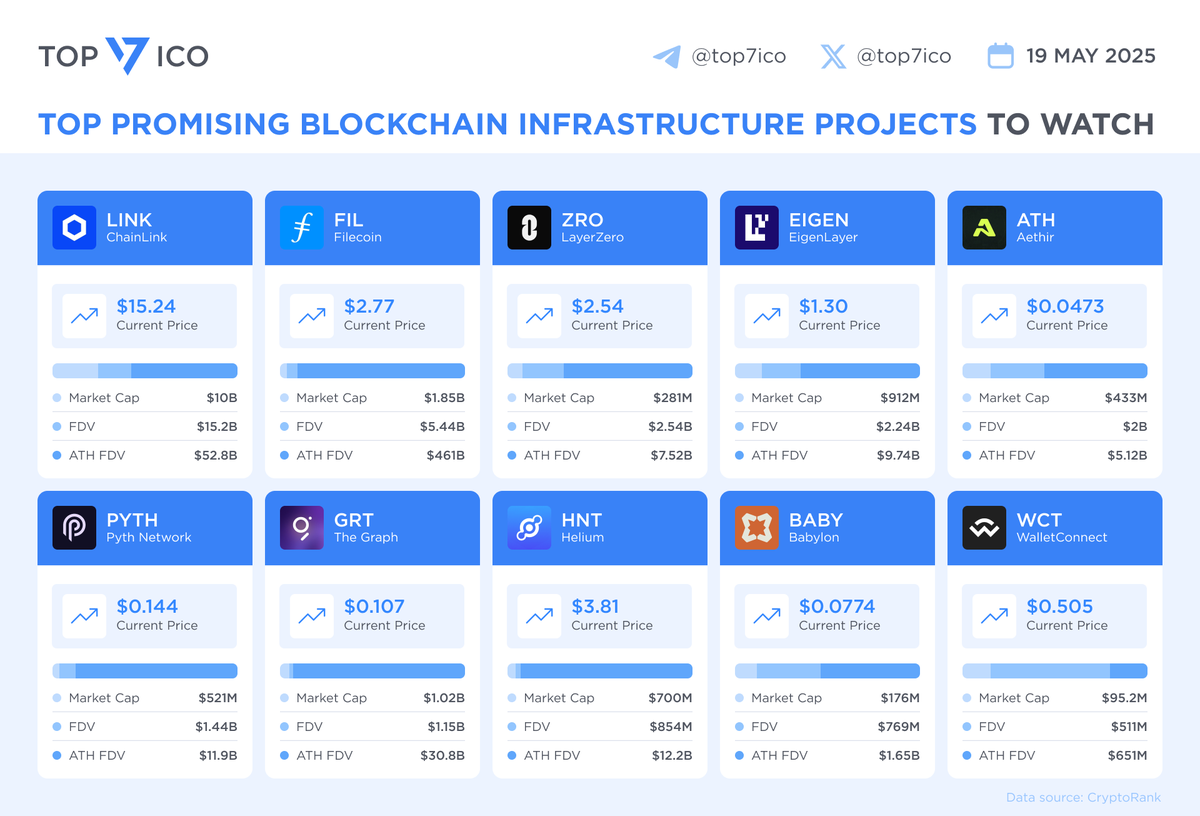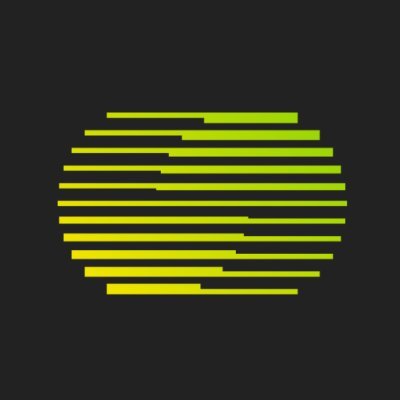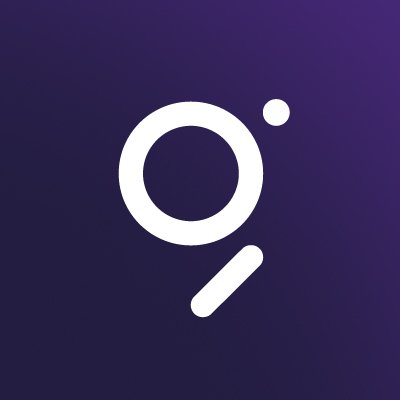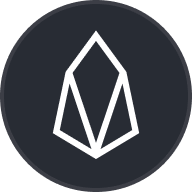The Graph je indexovací protokol, který umožňujeblockchainové aplikace jako Ethereuma IPFS pro shromažďování, zpracovávání a načítání dat ověřitelně. Open-source protokol usnadňuje vývojářům vytváření a publikování otevřených rozhraní API zvaných podgrafy. GRT je název a ticker symbol nativního tokenu GRT.
The Graph shromažďuje, analyzuje a řadí blockchainová data pomocí uzlů Graph. Graphové uzly jsou zodpovědné za neustálé skenování bloků a chytrých kontraktů na blockchainu. Když aplikace do blockchainu přidávají nová data, Graphové uzly tyto informace dělí do příslušných podgrafů. Koncoví uživatelé pak mohou v podgrafech vyhledat relevantní data.
Odpovolení aplikací pro decentralizované finance (DeFi), abyste mezi sebou rychle a bezpečně komunikovati, The Graph řeší problémy, jako je např. chainová reorganizace a kapacita plnění dotazů. Některé z největšíchpopulární decentralizované aplikace (DApp)Využití indexovacího mechanismu The Graph jeAAVE,Curve DAO, aUniswap.
Jak GRT funguje?
To, co odlišuje síť The Graph, je to, jak zahrnuje tokeny GRT v každé fázi procesu indexování. Graph využívá čtyři samostatné účastníky sítě: indexátory, kurátory, delegátory a spotřebitele. Tito čtyři hráči sítě jsou pro provoz open-source protokolu zásadní a jsou následující.
Indexátoři fungují jako operátoři uzlů v rámci The Graph. Indexátoři mohou na platformě stakovat GRT a provozovat Graph Node. Jejich primární funkcí je poskytovat indexovací služby pro signálové podgrafy. Tento proces odměňuje indexátory pomocí tokenů GRT, kteří si mohou také nastavit vlastní poplatky za poskytování indexovacích služeb. Indexátoři soutěží s ostatními indexátory, aby zajistili kvalitní služby.
Kurátoři jsou odpovědní za zajištění kvality služeb poskytovaných indexátory:
- Vyhodnocují, která podgrafy nabízejí přesná data.
- Kurátoři používají své tokeny GRT k signálu, které podgrafy mají hodnotu indexování.
- Kurátoři dostávají odměny přímo poměrné k popularitě signalizovaných podgrafů.
Delegátoři pomáhají zajistit síť tím, že delegují své tokeny GRT na indexery. To pomáhá uzlům Graph naplnit jejich indexovací služby. Na oplátku delegátoři získávají odměny v tokenech GRT od indexerů v poměru k jejich delegování.
Konzultoři jsou koncovým uživatelem protokolu The Graph. Mohou se jednat o osoby, které odesílají dotazy za účelem načítání informací nebo vývojářů a aplikací DApp blockchainu, jako je Uniswap, které vyžadují služby z protokolu The Graph. Konzultátoři musí platit tokeny GRT za odesílání dotazů a stahování blockchainových dat, což pomáhá stabilizovat cenu GRT.
Kromě rozsáhlého využití v síti Ethereum také The Graph plánujeprozkoumat ekosystém Web3. Pokud se platforma stane blockchain agnostickou, může The Graph umožnit hledání všech distribuovaných ledgerů v ekosystému podobně jako Google.
GRT cena a tokenomika
GRT má celkovou zásobu 10 miliard a 3 % bude vydáváno jako odměny za indexování každý rok.zásoba tokenů GRT v oběhuje zhruba 6,9 miliardy, což představuje 69% celkového objemu tokenů. Tokeny se pálí prostřednictvím různých mechanismů až doudržuje deflační efekty a usnadňuje zhodnocování ceny GRT. Jednou z takových metod je vkládání daně kurátorům a delegátům.
V roce 2020 společnost The Graph provedla dvě samostatná kola financování. V červnu bylo dokončeno první kolo a bylo zaměřeno na soukromé investory. V tomto kole bylo dosaženo 7,5 milionu USD na probíhající vývoj The Graph. Ve druhém kole bylo veřejné počáteční cenové nabídky coinů (ICO), které přineslo dalších 12 milionů USD.
Komunita a raní podporovatelé projektu obdrželi téměř 50 % alokaci celkové distribuce. 23 % bylo distribuováno týmu a poradcům, zatímco zbývajících bylo distribuováno mezi Edge & Node (počáteční tým platformy Graph) a strategické investory.
Tokeny GRT také obsahují konstantní emisní harmonogram, podle kterého budou nové tokeny emitovány a přidány do oběhu prostřednictvím indexovacích odměn. Odměny za indexování se platí účastníkům sítě, kteří souhlasí s uzamčením svých tokenů GRT za účelem podpory protokolu The Graph a zajištěním přesné indexace podgrafů. Odměny za indexování se také platí delegátorům v závislosti na tom, kolik tokenů GRT stakují ve vybraném indexeru.
Informace o zakladatelích
The Graph založili Yaniv Tal, Brandon Ramirez a Jannis Pohlman, kteří sloužili jako projekt, výzkum a technologický ředitel. Tal, Ramirez a Pohlmann pocházejí z různých inženýrských pozadí, ale již více než pět let spolupracují společně. Jejich předchozí projekt, Datomic, úspěšně navrhl vlastní framework pro neměnnou databázi. Počáteční vize platformy Graph vytvořit neměnná rozhraní API a nástroje pro přístup k datům pomocí programovacího jazyka QueryQL se zrodila z tohoto projektu. Spuštění služeb The Graph mainnet bylo realizováno při nasazení platformy v síti Ethereum dne 17. prosince 2020.
Tým The Graph se nyní skládá z zkušených členů z prestižního prostředí v kryptoměnovém odvětví, jako jsou Thethereum Foundation, OpenZeplementin a Decentraland. V duchu decentralizace se k rozšiřování sítě subgrafů v rámci platformy The Graph přispělo více než 20 000 vývojářů. K předchozímu kola financování protokolu The Graph došlo ve druhém čtvrtletí 2020. Společnost získala 5 milionů USD od několika strategických investorů, mezi něž patří Framework, ParaFi Capital, Digital Currency Group, CoinIX, Taly Group a Coinbase Ventures. Před rokem vedlo kolo Seed, kde získala 2,5 milionu USD.


























